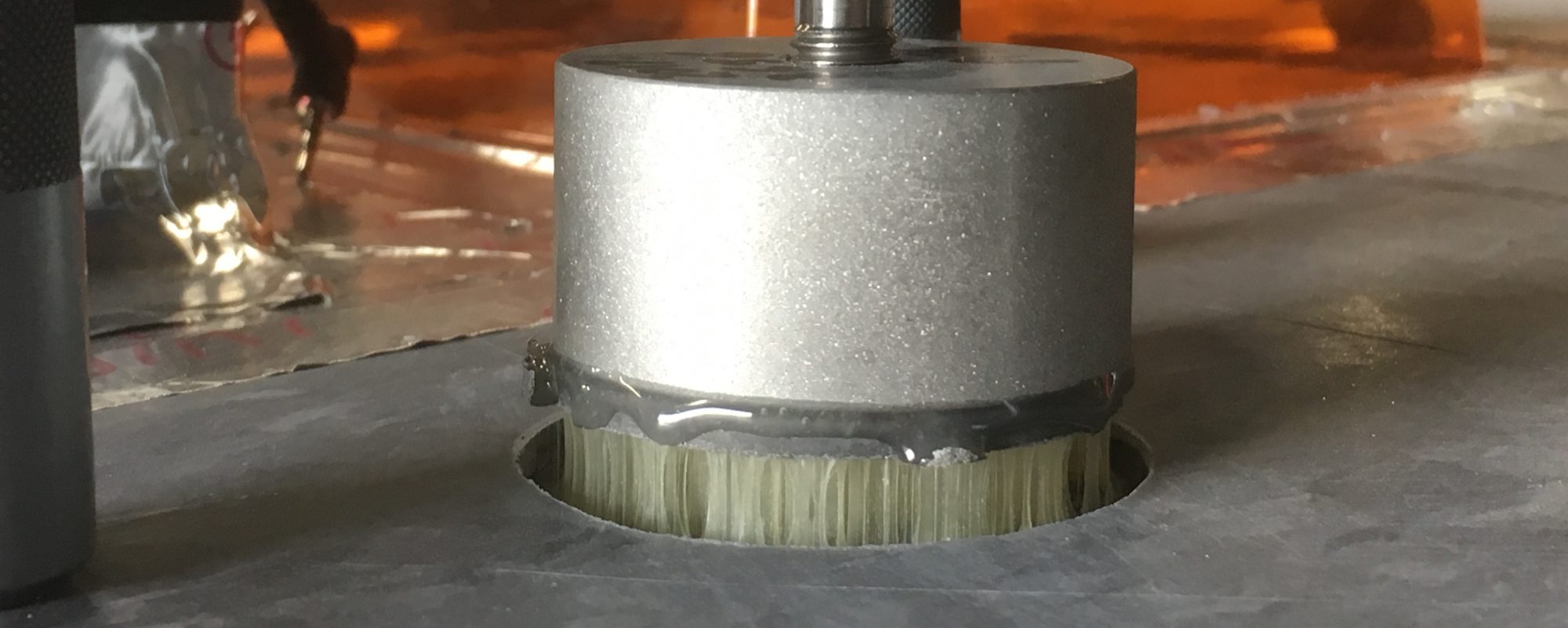Unwanted water in buildings can cause staining, degradation of building materials, and an environment for mold to grow. Water can come from a few possible sources in a building, including drinking water, sewer plumbing, a leak starting at the exterior of the building envelope, ground water, and a pool if the building has one. The … Continue reading How to Identify the Source of a Water Leak in a Commercial Building
Category: Forensic Chemistry
Is My Water Corrosive? Is My Water Scale Forming? How Langelier Saturation Index Measures How Aggressive or Scale Forming Water Is
Langelier Saturation Index (LSI) is a calculation that uses the data of multiple analyses to estimate how corrosive or scale-forming a water is. The chemistry of the water is analyzed, as well as the environmental conditions determined, to evaluate how likely the water would be to corrode or form a scale in pipes. LSI is … Continue reading Is My Water Corrosive? Is My Water Scale Forming? How Langelier Saturation Index Measures How Aggressive or Scale Forming Water Is
Carbonation of Conrete Eliminates Corrosion Passivation Effect of Cement Paste
Concrete and steel together form the backbone of every bridge, building, and road in a symbiotic relationship. The steel gives the concrete higher durability by increasing tensile strength, and the concrete provides physical and chemical barriers for the steel, protecting it from the elements. With exposure to air and water, the chemical properties of the … Continue reading Carbonation of Conrete Eliminates Corrosion Passivation Effect of Cement Paste
Why Does Sulfate in Concrete Matter?
Sulfate in concrete has connotations of being negative and causing durability issues. Issues with sulfate in concrete do emerge when there is too much sulfate present, but it is actually a necessary component in a concrete mixture. As part of a concrete mixture, sulfate reacts with calcium aluminate in the cement, to help control the … Continue reading Why Does Sulfate in Concrete Matter?
Potential Issues with Using Polyurethane Foam for Building Insulation
Polyurethane foam is extensively and increasingly being used as insulation and vapor barriers in homes and buildings. There are many different types of polyurethane foam which makes it a versatile material, having a range of practical building applications. Types of foam include open cell polyurethane, closed cell polyurethane, extruded polystyrene, expanded polystyrene, spray polyurethane foam, … Continue reading Potential Issues with Using Polyurethane Foam for Building Insulation
Handheld XRF Analysis for Identification of Stains, Lead Paint, Zinc Primer, Galvanizing, and Aluminum Substrate
Handheld XRF (x-ray fluorescence) is a powerful, non-destructive technique that can identify and quantify multiple elements simultaneously. The instrument has a wide range of applications including metal identification, determination of the presence of lead, soil analysis, coating analysis, and stain analysis. XRF works by emitting an x-ray beam capable of displacing electrons in the inner … Continue reading Handheld XRF Analysis for Identification of Stains, Lead Paint, Zinc Primer, Galvanizing, and Aluminum Substrate
How the pH of Concrete is Related to Corrosion Protection
In concrete, steel is often embedded to reinforce the concrete, providing tensile and flexural strength. This combination of steel and concrete allows for some of the most durable and beautiful structures to be built. Concrete, as a building material, has superior compressive strength to most materials, and is durable in many different exposure environments. However, … Continue reading How the pH of Concrete is Related to Corrosion Protection

